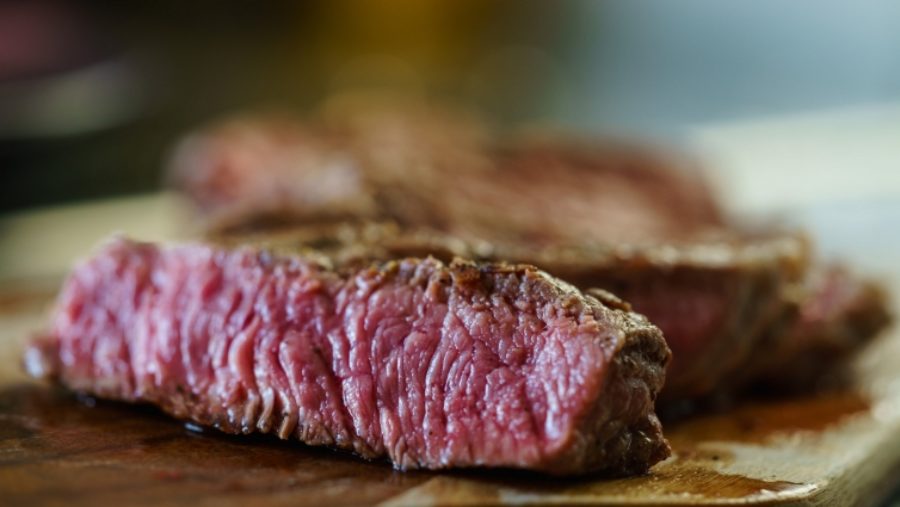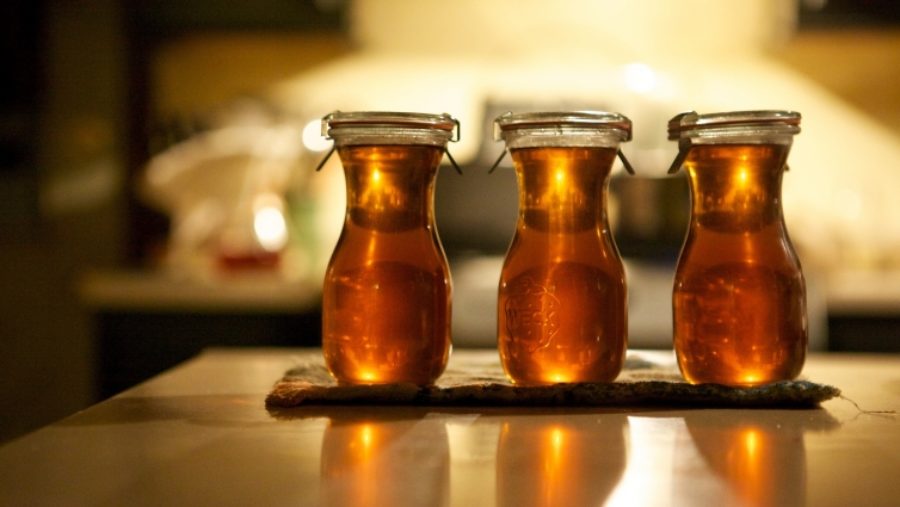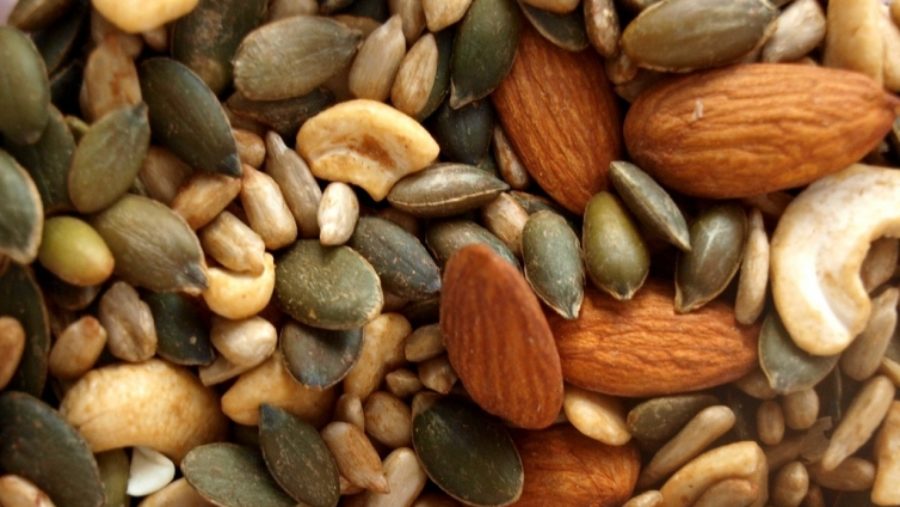Three trends shaping how we will shop, cook and eat over the next three years
New sense, good food and better balance
From shopping to cooking, diet to dining out, the food industry is changing and evolving at such a tremendous pace that it can be difficult to keep up. This might be why our regular “Future of Food and Drink” sessions are such a consistently popular feature of the Dragon Rouge Seminar Programme.
In these sessions, we bring together a mix of surprising and inspiring examples, and collate them into actionable themes. Here, we’ve selected just three of those key trends to give you a taster of what these sessions cover.
The big ‘n’ meaty, ‘fat and whole’ renaissance

After years on the sidelines “good fat” joins hands with “power protein”, and together with a dose of nostalgia, puts whole milk, butter and meat firmly back on the daily menu. Deliciously easy benefits cut through the complexity of carb claims and the simple values and clear language of the butcher and cheese-monger live on.
Research from Harvard University has found that good fats (particularly of the monosaturated and polysaturated varieties) can lower bad cholesterol, ease inflammation, and reduce risk of death by up to 27 percent. Better still, they regulate the appetite and have positive effects on satiety, so expect to see brands featuring the good fats in whole, clean produce in a bid to address the many misunderstandings about fat.
Oils will also reap the benefits of this fat renaissance, with new oils like canola, coconut, and linseed oils brought to the fore for their positive effects on hydration, mobility and brain function.
We’re already seeing a much greater interest in the provenance and breed of meat and dairy from consumers too, with phrases like “grass fed”, “pasture raised”, and “100% wild” set to feature prominently in marketing and packaging. The brands that respond to these concerns will be the ones who earn the trust and respect of consumers.
Sugar wars and carb comebacks

The sugar debate rages on, the clean label movement continues to grow apace, and with the UK government likely to introduce a sugar tax within the next two years we’re likely to see big changes in the way sweeter foods are marketed. But how much are consumers paying ‘lip-service’ to the threat of sugar, and where does cutting back stray into pleasure deprivation? How is the comforting, fuelling nature of carbs being compensated for?
The race is on to find ways around ‘sweeties, starchies and baddies’ without turning a back on the sweet refreshment and stodgy joys of the pantry. Key to this is finding alternatives to artificial sugars; expect to see a shift towards naturally occurring sugars and sweeteners like stevia, coconut palm sugar, date sugar and maple syrup as brands seek out substitutes that delight the senses and compensate for the olfactory, textural and visual pleasures of the sweeter things in life.
With this shift towards natural sugars and the aforementioned clean label movement, we’ll gradually see the emergence of a new language of sweetness, focussing on ingredients that are “sweet by nature” rather than by design. Once again, it’s all about transparency, the modern consumer not only wants to know what’s in a product, but also why it’s there. As this piece in the Harvard Business Review puts it; “a clean label focuses on having fewer ingredients that are very clear about their origins, and recognizable (e.g., ‘cream’ versus ‘microparticulated whey protein concentrate’)”.
Alongside this, we’ll witness the continued rise of “powergrains” and “supercarbs”. Ancient grains like spelt, quinoa, chia and farrow (among others) will emerge in a new modern context as viable alternatives to stodgier, complex carbohydrates.
Good to the guts, pure, pressed and really raw

The gut is the gateway to good health; friendly bacteria have paved the way for ‘good gut sense’, while ‘free from’ and specialist diets have put ‘digestive health’ in the spotlight.
As awareness of the gut’s role in all-round health grows, the need for pure, raw fuel and ‘gut-friendly’ formats is rapidly increasing, with products that were traditionally the reserve of the health store moving into daily life. The modern, gut-conscious consumer is more likely to reach for raw snacks like mixed nuts, fruit and seeds when they experience blood sugar dips throughout the day.
In contrast to the “big ‘n’ meaty” trend above, many consumers will be looking to find real meat alternatives, looking beyond old vegetarian staples like Quorn and Tofu to find true 100% holistic mimics. Brands like Beyond Meat, Gardein and Field Roast are exploring everything from pea-protein to “grain meat” in a bid to discover a satisfying meat substitute.
Expect to see a renewed interest in probiotic foods as consumers look to aid digestion. Recent studies found that naturally fermented foods such as sauerkraut, miso and kimchi, positively impact the digestive system unlike their pasteurized counterparts, which kill the good bacteria along with the bad due to the temperatures they’re exposed to in the pasteurization process.
In the race to produce sustaining and sustainable vegetable products, we could also see mushrooms and algae emerging as the new meal heroes over the next few years. Algae oil’s low saturated fat content could make it the sustainable oil of choice for the environmentally conscious. Algae is also being used in faux seafood and even as the basis of a 3D printed meatball.
That’s just a brief glimpse of the new trends heading our way in the coming years; but there are plenty more to discover. If you’re interested in finding out more about the future of food and drink, feel free to get in touch and be sure to follow us on Twitter where we’ll be sharing a few more of our predictions.